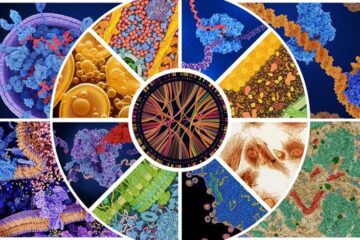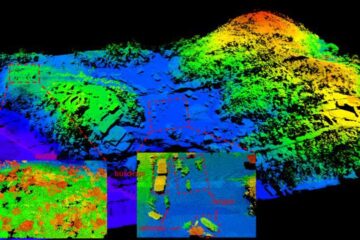Protein aggregation inhibitors as disease-modifying drugs for neurodegenerative diseases

Neurodegenerative diseases such as Alzheimer’s disease, Parkinson’s disease and prion diseases share molecular mechanisms including protein aggregation and deposition. Small molecules that can prevent or even reverse protein aggregation therefore have the potential to directly interfere with the disease process. This could provide a disease-modifying therapy for neurodegenerative diseases, most of which are currently treated at the symptomatic level only.
<p> A high-throughput screening was used to identify protein aggregation inhibitors in vitro and in cell culture. Compounds selected in the primary screens were validated in dilution series in order to identify compounds active at very low concentrations. Clustering of the compound hits subsequently revealed a consensus structure common to active protein aggregation inhibitors. This lead structure was further modified to optimize its medicinal-chemical properties. The resulting candidates strongly reduced scrapie prion proteins in cell culture at nanomolar concentrations. They also revealed high therapeutic potential in mice infected with scrapie prions. The same compounds also inhibit formation of toxic alpha-synuclein aggregates in model systems. <p> Further reading: Bertsch U, Winklhofer KF, Hirschberger T, Bieschke J, Weber P, Hartl FU, Tavan P, Tatzelt J, Kretzschmar HA, Giese A (2005) Systematic identification of antiprion drugs by high-throughput screening based on scanning for intensely fluorescent targets. J Virol 79, 7785-7791.
Further Information: PDF
Bayerische Patentallianz GmbH
Phone: +49 89 5480177-0
Contact
Peer Biskup
Media Contact
All latest news from the category: Technology Offerings
Newest articles

A universal framework for spatial biology
SpatialData is a freely accessible tool to unify and integrate data from different omics technologies accounting for spatial information, which can provide holistic insights into health and disease. Biological processes…

How complex biological processes arise
A $20 million grant from the U.S. National Science Foundation (NSF) will support the establishment and operation of the National Synthesis Center for Emergence in the Molecular and Cellular Sciences (NCEMS) at…

Airborne single-photon lidar system achieves high-resolution 3D imaging
Compact, low-power system opens doors for photon-efficient drone and satellite-based environmental monitoring and mapping. Researchers have developed a compact and lightweight single-photon airborne lidar system that can acquire high-resolution 3D…

















